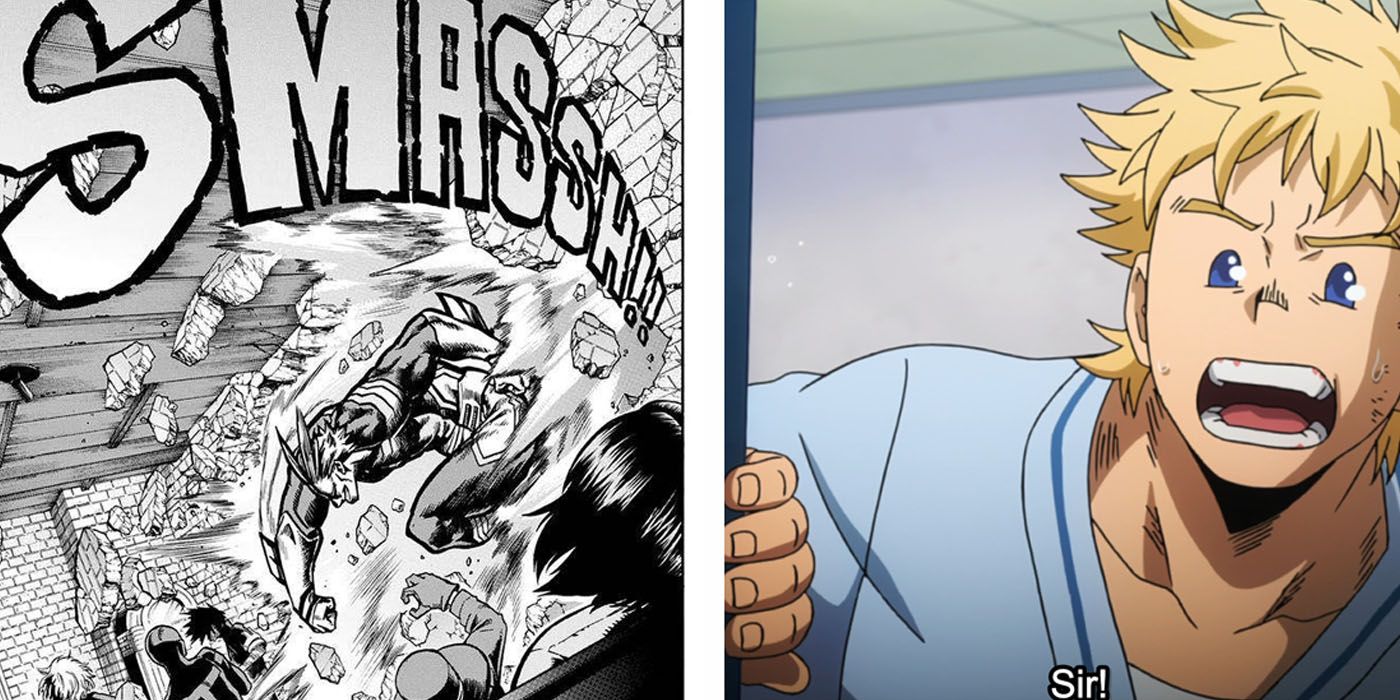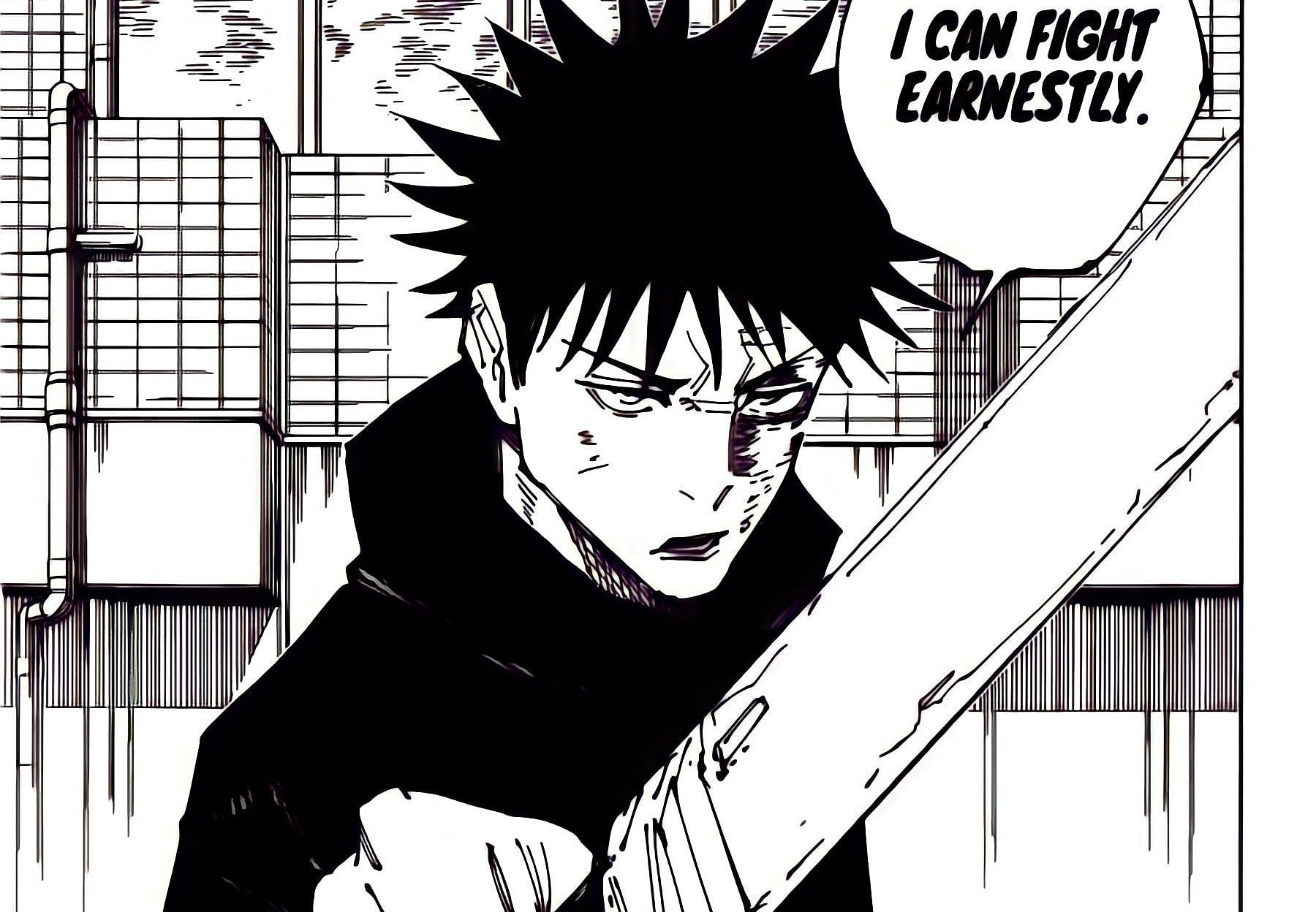MHA manga panels: Dude, they’re not just pictures; they’re a total storytelling powerhouse! From the epic splash pages to the subtle character close-ups, the art in My Hero Academia’s manga is seriously next-level. We’re diving deep into how the panels evolve, the techniques used to make them pop, and how they totally shape the story and our feelings about it.
Get ready to geek out!
This deep dive explores the evolution of artistic styles in My Hero Academia manga, analyzing panel composition, character representation, and the overall impact on the narrative. We’ll look at how different panel types, perspectives, and techniques create dramatic effects, convey emotions, and influence the reader’s experience. Think of it as a total breakdown of what makes MHA’s visuals so killer.
MHA Manga Panel Popularity and Artistic Prowess
Yo, what’s up, manga heads? Let’s dive deep into the bombastic world of My Hero Academia manga panels. From the stylistic evolution to the impact on storytelling, we’re breaking down why these panels are total fire.
Evolution of Artistic Styles in MHA Manga Panels
Kohei Horikoshi’s art style has definitely leveled up over the years. Early panels were a bit more simplistic, focusing on clear character designs and straightforward action. As the series progressed, the panels became more dynamic, incorporating complex backgrounds, dramatic perspectives, and more detailed character expressions. Think of the early Bakugo panels compared to his more intense moments in the later arcs – total glow-up!
Popular and Frequently Shared MHA Manga Panels
Certain panels have become iconic within the fandom. Online, you’ll find a ton of shared panels featuring epic battles, emotional character moments, and stunning visual displays of quirks. Panels depicting All Might’s prime, Deku’s One For All breakthroughs, and major villain reveals consistently top the popularity charts. Think of the sheer volume of fanart and edits based on these panels – it speaks for itself.
Visual Storytelling Techniques Across Different Arcs
The panel composition drastically shifts depending on the arc. The more action-packed arcs, like the Joint Training arc or the Paranormal Liberation War arc, use a lot more dynamic angles, close-ups, and fast-paced layouts to emphasize the intensity. Conversely, quieter arcs often feature more static compositions and focus on character interactions and emotional beats. The contrast is pretty wild.
Timeline of Panel Style Shifts and Plot Developments
A clear correlation exists between the evolution of Horikoshi’s art style and the progression of the story. As the stakes rise and the characters mature, the panels become more complex and visually impressive. Think of the simpler panels in the early USJ arc versus the intricate and detailed panels in the final arc – the difference is a straight-up testament to artistic growth.
Artistic Techniques in MHA Manga Panels
Horikoshi’s mastery of visual storytelling isn’t just about cool-looking panels; it’s about the technical skills that make them work. Let’s break down some of the key techniques.
Perspective and Framing for Dramatic Effect
The use of perspective and framing is key to the dramatic impact of many panels. Low angles make characters look powerful, while high angles can make them vulnerable. Close-ups focus on emotion, while wide shots establish setting and scale. The strategic use of these techniques is a big part of what makes the manga so engaging.
Obtain direct knowledge about the efficiency of manga samurai champloo through case studies.
Line Weight and Shading to Convey Emotion and Action, Mha manga panels
Line weight and shading are not just about visual appeal, they’re about communication. Thick lines emphasize strength and power, while thin lines can suggest fragility or vulnerability. Shading adds depth, texture, and mood, helping to convey the emotional intensity of a scene. It’s all about the details, man.
Effectiveness of Different Panel Layouts
Panel layouts are crucial for pacing and narrative flow. A series of small panels can create a sense of urgency, while larger panels can slow things down and emphasize a specific moment. The skillful use of varied panel sizes and layouts keeps the reader engaged and on the edge of their seat.
Comparative Table of Panel Types and Their Impact
| Panel Type | Description | Impact on Reader | Example in MHA |
|---|---|---|---|
| Splash Page | A large, often full-page panel | Creates a sense of awe and spectacle | A panel showing All Might’s final fight |
| Close-up | Focuses on a character’s face or a specific detail | Emphasizes emotion or detail | A close-up of Deku’s determined face during a battle |
| Long Shot | Shows a wide view of the setting and characters | Establishes setting and scale | A long shot of the battlefield during a major confrontation |
| Panel Sequence | A series of smaller panels showing a quick succession of events | Creates a sense of speed and action | A sequence of panels showing a fast-paced fight scene |
Character Representation Through Panels
The way characters are visually represented is crucial to their portrayal and the overall narrative.
Visual Representation Reflecting Personalities and Powers
Horikoshi masterfully uses visual cues to represent each character’s personality and powers. For instance, Bakugo’s sharp lines and aggressive poses reflect his fiery personality, while Deku’s more rounded features and determined expressions reflect his unwavering resolve. The visual language is consistent and speaks volumes.
Visual Portrayal of Major Characters Across Arcs
The visual portrayal of characters evolves throughout the series. As characters develop and grow, their designs and representations adapt to reflect their changes. Think about how Deku’s appearance and body language change as he gains control of One For All.
Panels Enhancing Narrative Through Character Expressions and Body Language
Many panels powerfully communicate through character expressions and body language. A subtle shift in posture, a fleeting expression, or a change in stance can dramatically alter the reader’s understanding of a scene. These micro-expressions are key to the depth of the storytelling.
Bullet Point List Highlighting Character Strengths and Weaknesses
- Panels showing All Might’s strength often feature dramatic poses and powerful lines.
- Panels highlighting Deku’s vulnerability often use softer lines and more subdued colors.
- Panels depicting villains often use dark shading and sharp angles to convey their menace.
- Panels showcasing Todoroki’s conflicted emotions often use contrasting colors and expressions.
Impact of Panels on Narrative and Themes
The choices made in panel design are far from arbitrary; they deeply influence the reader’s experience and understanding of the themes.
Panel Techniques Contributing to Tone and Mood
The use of color, composition, and perspective all work together to create the overall tone and mood of specific scenes. Darker palettes and dramatic angles often convey tension and conflict, while brighter colors and more open compositions can create a sense of hope or peace. It’s a visual symphony.
Panels Conveying Key Thematic Elements
Many panels effectively convey key themes of the manga, such as overcoming adversity, the importance of friendship, and the complexities of heroism. These thematic elements are often visually reinforced through symbolism, metaphors, and character interactions.
Panel Choices Influencing Reader’s Emotional Response
The skillful use of panel choices profoundly influences the reader’s emotional response. A close-up on a character’s tearful face can evoke empathy, while a wide shot of a devastated cityscape can convey the scale of loss. It’s about hitting those emotional chords.
Visual Language Contributing to Narrative Arc and Character Development
The visual language of the panels plays a critical role in driving the narrative arc and character development. The gradual changes in panel composition and character design mirror the characters’ internal and external transformations, creating a cohesive and satisfying reading experience. It’s all connected, yo.
Illustrative Examples of Significant Panels
Let’s highlight some specific panels that exemplify Horikoshi’s artistic brilliance.
Detailed Descriptions of Three Significant Panels
Panel 1: A wide shot depicting the destruction of a city after a villain attack, showcasing the scale of the devastation and the helplessness of the civilians. The color palette is predominantly dark and muted, emphasizing the grim atmosphere. The characters are small in comparison to the scale of the destruction, highlighting their vulnerability.
Panel 2: A close-up of Deku’s face, his eyes filled with determination and a hint of fear, as he prepares to face a powerful opponent. The use of dynamic lines and strong shading conveys his inner turmoil and resolve. The intense focus on his expression creates a powerful emotional impact.
Panel 3: A panel showing All Might’s final battle, a dynamic composition with a splash of color highlighting the impact of his attacks. The lines are bold and powerful, conveying his immense strength. The background is blurred, emphasizing All Might’s dominance in the scene. This is pure visual storytelling.
Description of a Panel Showcasing Significant Power Display
A panel depicting All Might’s “Delaware Smash” is a perfect example. The powerful lines, radiating energy, and the dynamic perspective create a sense of overwhelming power and force. The vibrant colors and the sheer size of the attack emphasize its impact. The panel literally vibrates with energy.
Description of a Panel Portraying Character’s Emotional State
A panel showing Bakugo’s breakdown after his fight with Deku showcases a stark contrast to his usual bravado. His posture is slumped, his eyes are downcast, and the muted colors reflect his inner turmoil. The absence of his usual aggressive lines emphasizes his vulnerability. This is a pivotal moment beautifully captured.
Description of a Panel Using Symbolism or Metaphor

A panel depicting Deku standing alone on a hilltop, silhouetted against a setting sun, is a powerful metaphor for his journey. The setting sun symbolizes the end of one phase of his life and the beginning of another. His solitary figure emphasizes his determination and resilience, setting the stage for the next challenge.
So, yeah, MHA manga panels are way more than just pretty pictures. They’re a crucial part of what makes the story so awesome. The artists’ choices—from panel layouts to character expressions—directly affect how we feel and understand the narrative. It’s a masterclass in visual storytelling, and by breaking down the techniques, we can truly appreciate the genius behind it all.
Now go forth and analyze!


